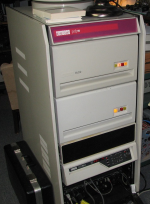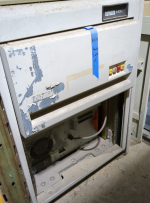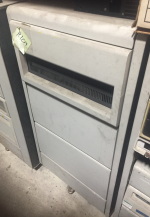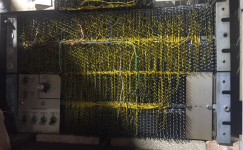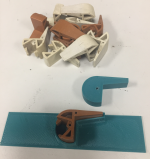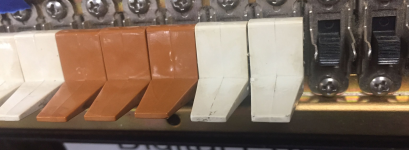I bought a bag of original bulbs and some in the bag the leads had already broken off at the base. I've found the CM2187 matches the machines I maintain within the variation of the existing bulbs and has much stronger leads so they don't break trying to remove or install the bulb panel. I've been using them instead of the original bulbs.We have just a few spare original bulbs
Nice progress.

